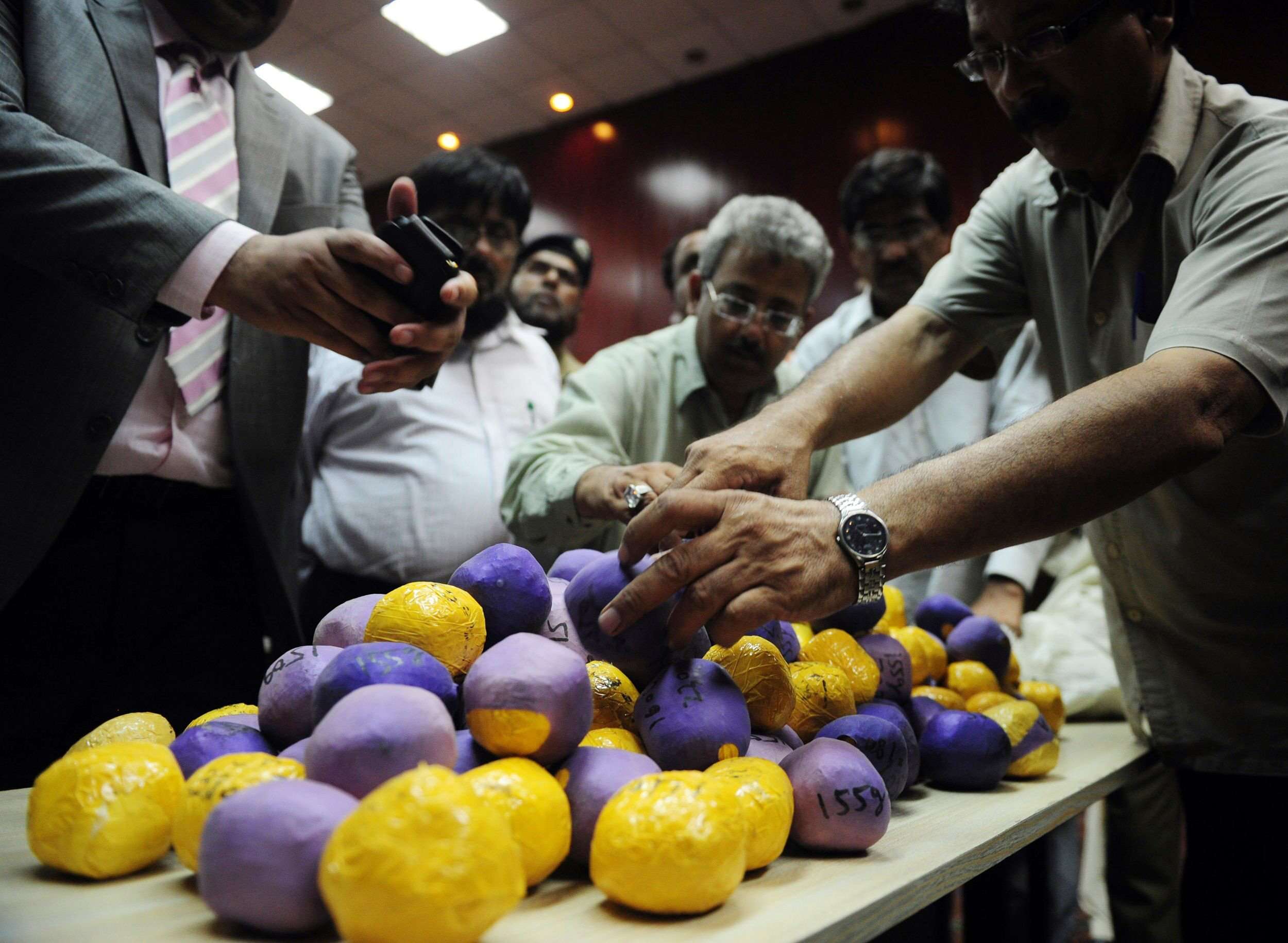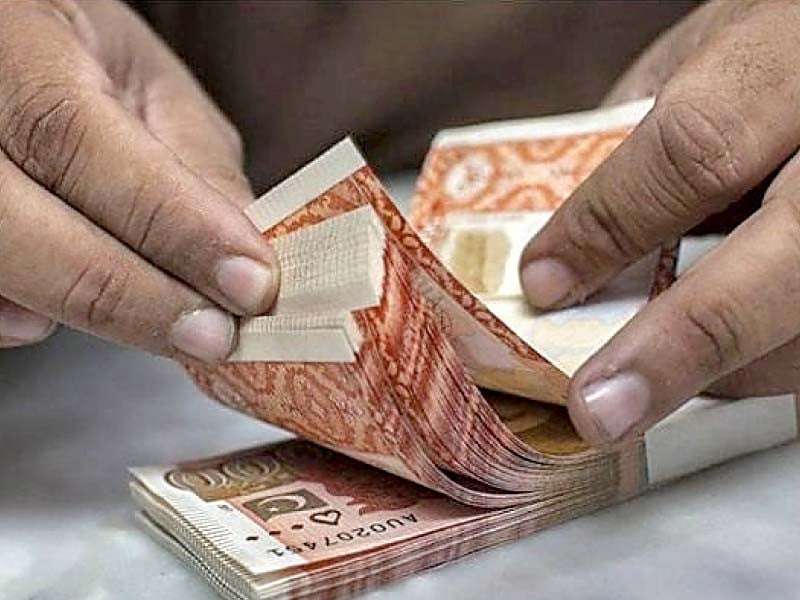Cryptocurrency Phenomenon: A Paradigm Shift in Global Finance
Bilal Zahid| October 17, 2023
In our contemporary landscape, a ground-breaking financial innovation has emerged - the realm of cryptocurrency. This digital alternative to conventional currency possesses the potential to reshape the global economic panorama. While sceptics often label it speculative or akin to gambling due to its notorious volatility, this judgment is predominantly a consequence of its current lack of regulation and low acceptance compared to fiat currencies. However, with proper regulation and universal acceptance, it could achieve stability at par with traditional currencies.
The cryptocurrency phenomenon is intricately linked to the rise of decentralized finance and is far more than just a financial fad. Its transformative potential lies in its ability to disrupt and reshape the economic system on a global scale. From limiting money supply to crowdsourcing computing power, improving e-governance, and enabling digital contracts, cryptocurrencies offer unique solutions to age-old challenges.
Bitcoin, the pioneering cryptocurrency introduced in 2009 by the pseudonymous Satoshi Nakamoto, has been followed by numerous cryptocurrencies, each offering unique features and serving various purposes. While central banks worldwide are presently attempting to introduce their own Central Bank Digital Currencies (CBDCs), it must be noted that these CBDCs lack the fundamental features inherent to cryptocurrencies such as decentralization and democratization. In essence, they constitute only a slightly enhanced manifestation of conventional digital banking.
Decentralized finance marks a paradigm shift and revolutionizes finance by eliminating traditional intermediaries, enabling direct transactions, lending, borrowing, and trading among individuals through smart contracts and decentralized applications, without centralized institutions like banks. It offers the potential to address chronic economic challenges, especially in developing nations like Pakistan. Many economic upheavals witnessed worldwide over the past century has been precipitated by unwarranted governmental actions stemming from centralized control. Instances of misguided priorities, political agendas, short-sightedness, and miscalculations have served as triggers for economic debacles and rampant inflation.
The unrestrained printing of money represents a significant challenge for numerous economies today. This approach fosters uncertainty and a lack of fiscal restraint. In contrast, decentralized currencies eliminate this risk by being programmed with a fixed supply, predetermined quantity, and annual supply increase that cannot be altered. Adherence to a transparent issuance protocol makes decentralized currencies a bulwark against excessive government printing, potentially curbing inflation and promoting financial stability. This implementation alone can significantly reduce the threat of rampant inflation and provide clear guidance to economic managers and businesses.
At the core of the cryptocurrency realm lies blockchain technology, dependent on a decentralized network of computers for transaction validation, a process known as mining. Miners use computational power to solve complex puzzles, ensuring blockchain integrity through Proof of Work (PoW). Cryptocurrency efficiency thrives on crowdsourced computing power. Unlike centralized systems, cryptocurrencies use a distributed network of miners, enabling anyone with access to computing power to participate in securing and validating transactions. This inclusivity defines cryptocurrency networks, democratizing the system and rewarding contributors from all backgrounds.
Furthermore, incentivizing computing power opens intriguing possibilities for economic growth, especially in remote areas. People can profit from harnessing cheap and small power sources in such regions, potentially transforming connectivity without costly infrastructure investments. Small-scale, affordable, and abundant power generation can seamlessly integrate into the national system, reducing the need for substantial transmission line investments.
An equally, or perhaps even more important benefit of this technology, is the implementation of smart contracts, especially in Pakistan, where commercial dispute resolution processes are slow and inefficient, hindering market-oriented enterprises and discouraging domestic and foreign investment. The judicial system is overwhelmed with over two million cases, with a third related to commercial disputes, highlighting the government's inability to enforce contractual obligations effectively.
On the other hand, cryptocurrencies can streamline the use of smart contracts. These contracts are automated and self-executing, with terms written in code, eliminating the need for intermediaries, reducing costs, and ensuring contract enforcement. This innovative approach has profound implications in Pakistan, where legal disputes often last five to ten years. This transformative shift offers individuals and businesses a more efficient and reliable framework for conducting commercial affairs.
Few studies have identified the presence of a Pareto distribution within cryptocurrencies realm, akin to traditional fiat currencies, where a minority holds a substantial share of the wealth. Critics argue that this concentration of wealth contradicts the principles of egalitarianism and decentralization. It is imperative to clarify, however, that decentralization does not inherently advocate for absolute wealth equality among all participants; rather, it promotes the distribution of power and control. Those who exhibit greater resource productivity will inevitably see their wealth grow, a universal truth regardless of the specific currency system at play.
The concept of decentralization should not be misconstrued or dismissed as undermining the myriad benefits it offers. Despite the challenges associated with embracing decentralized currencies, their adoption is inevitable. As the evolution of Web 3.0 continues, characterized by greater decentralization and personalization, the use of microtransactions is set to increase significantly. Leading social media platforms such as Facebook are actively pursuing the development of their unique digital currencies, aligning with the ongoing technological shift towards a more decentralized web. As a result, the adoption of cryptocurrencies is anticipated to experience substantial growth.
In the face of these dynamic developments, the establishment of a regulatory framework poses a formidable challenge. Nevertheless, it remains of utmost importance for governments to take proactive steps in crafting a policy framework that not only serves as a regulatory mechanism but also positions them as frontrunners in embracing this emerging phenomenon. Such a strategic approach will not only expedite the development of essential ecosystem but also foster the growth of IT human resources necessary for assuming leadership roles on the global stage. This will enable them to become centers of competence and service excellence within this evolving paradigm.














